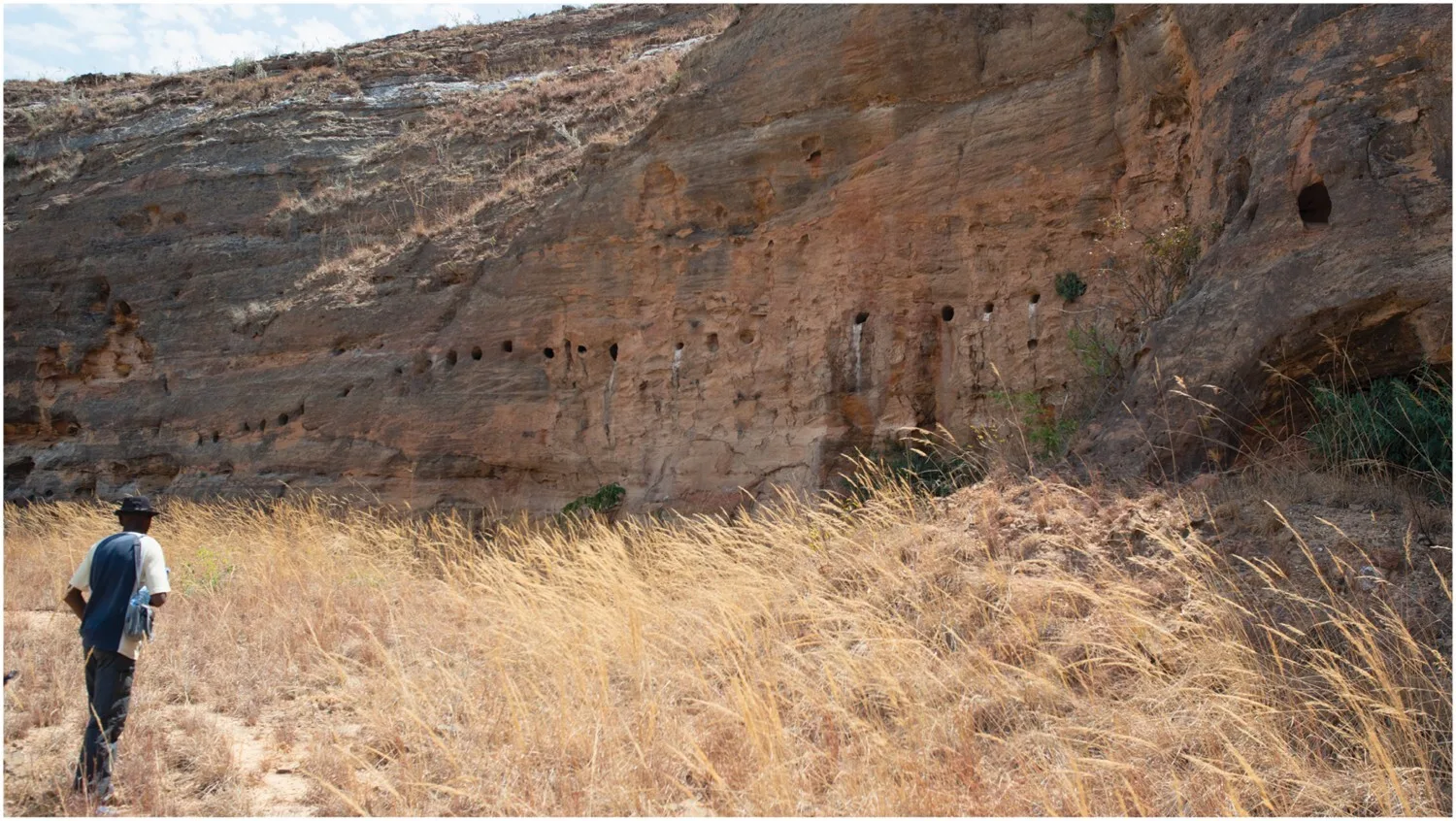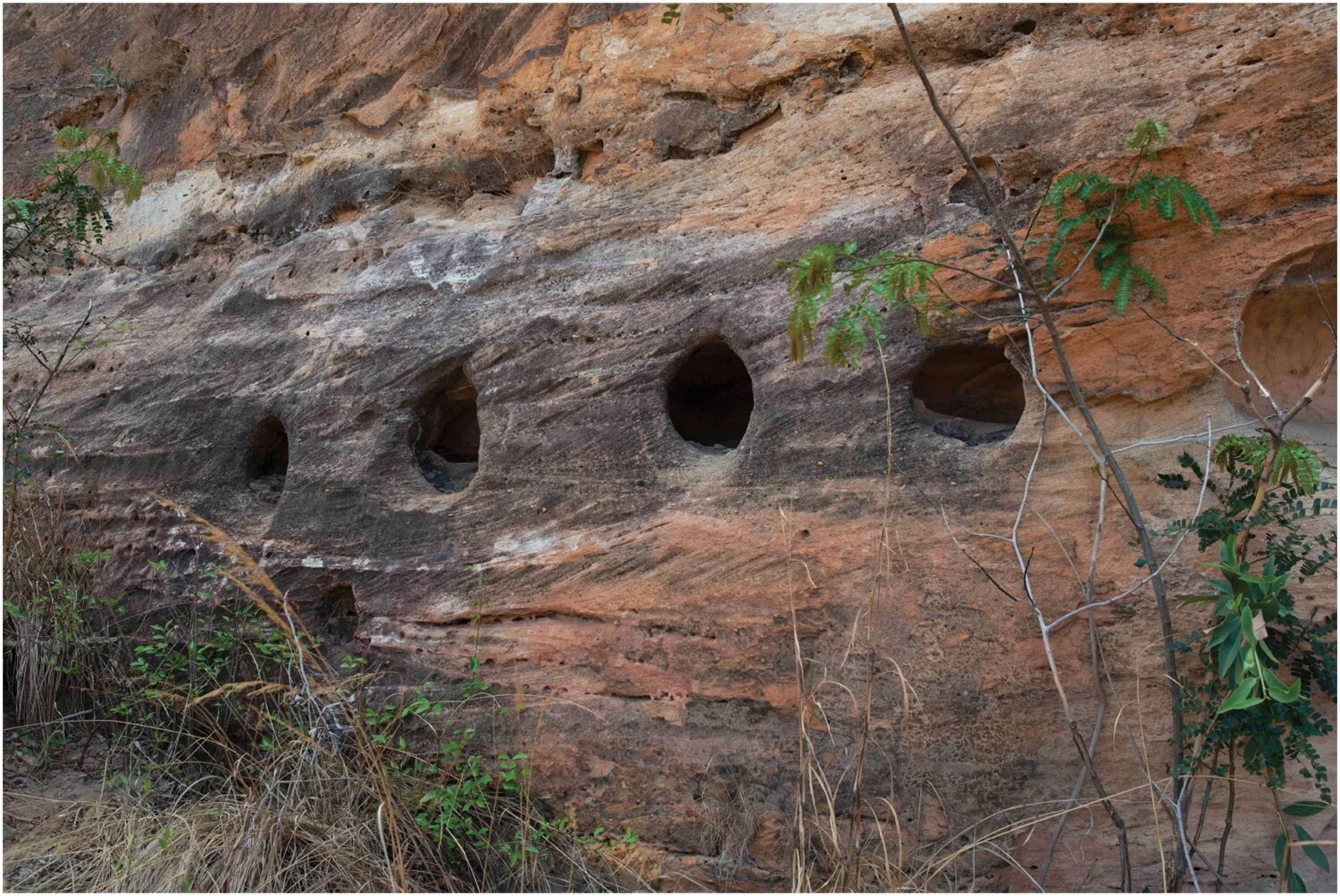An international team of researchers has uncovered an enigmatic rock-cut architectural site at Teniky, located in the remote Isalo Massif in southern Madagascar. This discovery is unparalleled as no similar structures are found on the island or along the East African coast. Furthermore, a new hypothesis suggests that the rock-cut site could be the actions of the Zoroastrian community living in Madagascar.
The research led by Guido Schreurs, Associate Professor at the Institute of Geological Sciences, University of Bern, Switzerland, documented numerous previously unknown archaeological features. These include terraces, stone walls, stone basins, and various rock-cut structures, dating back to the late first and early second millennia AD.
Excavations and field surveys at Teniky have revealed that the archaeological landscape is significantly larger and more important than previously understood. Intriguingly, the closest stylistic parallels to these structures are located thousands of kilometres away in present-day Iran, particularly in the Fars region. The rock-cut niches at Teniky bear a striking resemblance to those found at various sites in Iran, which date back to the first millennium AD or earlier and are associated with Zoroastrian funerary practices.
Radiocarbon dating of charcoal found during the excavations places the construction of the rock-cut niches and carved sandstone walls at Teniky in the late first millennium or early second millennium AD, roughly between the 10th and 12th centuries. This timeframe is further supported by the discovery of sherds of Chinese and Southeast Asian pottery, generally dating from the 11th to 14th centuries.

Despite Teniky being more than 200 kilometres from the nearest coastline, these findings are particularly noteworthy as they suggest the site’s inhabitants were engaged in the Indian Ocean trade networks during the medieval period.
The researchers propose that the rock-cut architecture at Teniky may have been part of a necropolis created by settlers of Zoroastrian origin. However, they stress that further archaeological investigation is necessary to test this hypothesis and address broader questions about the site.
The team has dismissed the earlier theory that the structures at Teniky were created by shipwrecked Portuguese sailors in the 16th century, as Portuguese ships did not enter the Indian Ocean until 1498. While there is no evidence of a Portuguese presence, it remains possible that Portuguese mariners may have briefly stayed at Teniky during an attempt to traverse the island.
Additionally, researchers have not ruled out the possibility that the structures at Teniky were the work of a group whose rituals and beliefs evolved after their arrival on Madagascar, coincidentally producing architectural forms similar to those found in Zoroastrian sites in Iran. Nevertheless, they believe it is more likely that these settlers brought their religious practices with them from outside the island and continued them in a similar fashion after settling at Teniky.
Dr Schreurs and his colleagues emphasize that regardless of the origins, religious affiliations, or funerary practices of Teniky’s former inhabitants, further archaeological studies are essential to fully understand the site’s significance within the context of Madagascar and the wider western Indian Ocean.
